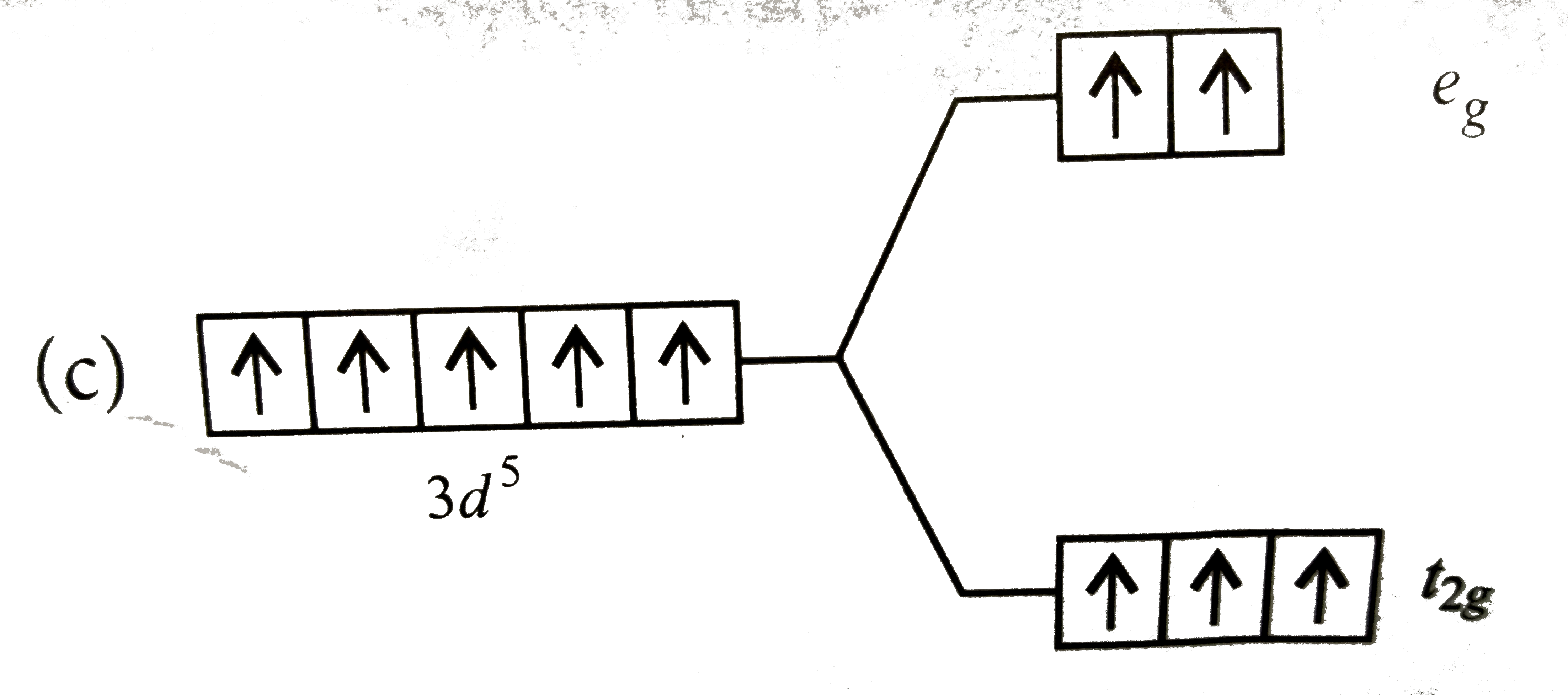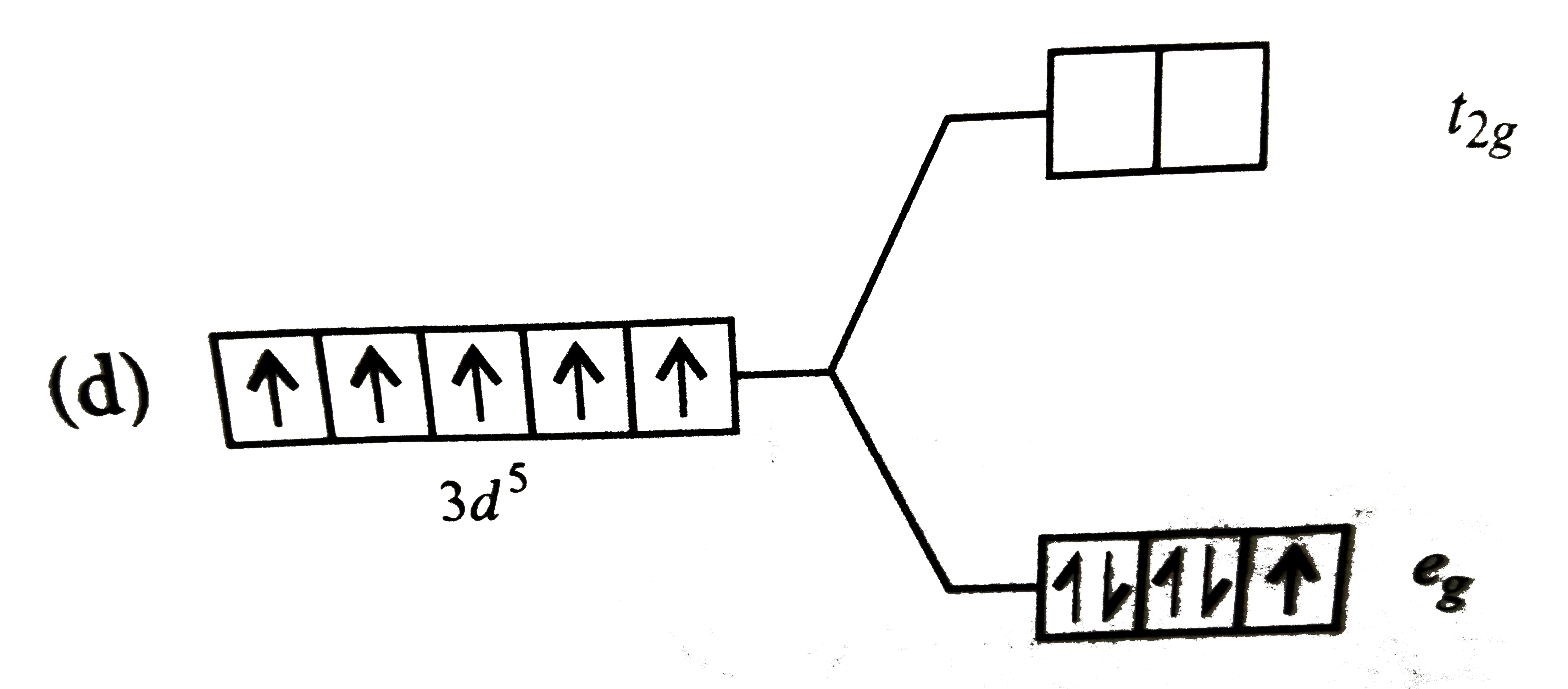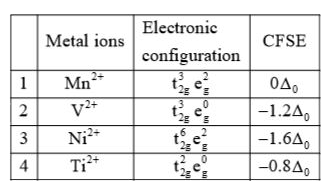Explain the violet colour of the complex [Ti(H2O)6]3+ on the basis of crystal field theory.
Video Solution
Text Solution
Formation of a complex in solution is an equilibrium reaction it may be represented as M+4L⇔ML4
The equilibrium constant of this reaction is the measure of stability of the complex Hence the equilibrium constant is also called as stability constant or instability constant may be defined as equilibrium constant for reverse reaction The formation of above complex may also be written in successive steps:
M+L⇔MLK1
ML+L⇔ML2K2
ML2⇔ML3K3
ML3+L⇔ML4K4
Stability constant is written as
β4=K1K2K3K4
Greater the stablity constant stronger is the metal ligand bond The stability of complex will depend on
(a) nature of metal
(b) Oxidation state of metal
(c) Nature of ligand eg. chelating ligand form stabler complexes
(d) Greater the basic strength of the ligand more will be the stability
|
Updated on:21/07/2023
Topper's Solved these Questions
Similar Questions
Knowledge Check
- Question 1 - Select One
Electronic configuration of [Cu(NH3)6]2+ on the basis of crystal field splitting theory is
At42ge5gBt62ge3gCt92ge0gDt52e4g - Question 2 - Select One
Using valence bond theory , the complex [Cr(H2O)6]3+ can be described as
Asp3d2 , outer orbital complex , paramagneticBdsp2 , inner orbital complex , diamagneticCd2sp3 , inner orbital complex , paramagneticDd2sp3 , outer orbital complex , diamagnetic . - Question 3 - Select One
Which of the following energy level diagram for [FeF6]3− is correct on the basis of crystal field theory ?
A B
B C
C D
D
Give the electronic configuration of the following complexes on the basis of crystal field splitting theory. [CoF6]3−,[Fe(CN)6]4− and [Cu(NH3)6]2+.
View SolutionFind CFSE of [Ti(H2O)6]3+
View SolutionSelect incorrect match for [M(H2O)6]2+ complex.
 View Solution
View SolutionExplain the blue colour of CuSO4.5H2O
View Solutiona) Give the electronic configuration of the d-orbitals of Ti in [Ti(H2O)6]3+ ion in the octahedral crystal field.
b) Why is this complex coloured ? Explain on the basis of distribution of electrons in d-orbitals.View Solution
